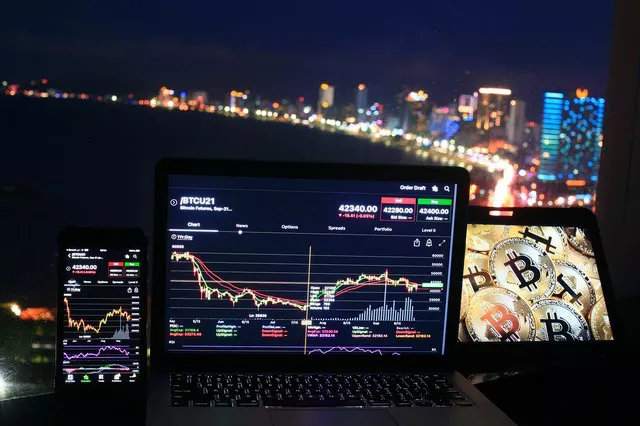Perpetual futures have gained significant popularity in the world of cryptocurrency trading. These innovative derivative contracts offer traders the ability to speculate on digital assets’ price movements with enhanced flexibility and unique features. In this comprehensive guide, we will explore the intricacies of trading perpetual futures, providing valuable insights and strategies to help traders navigate this dynamic market and capitalize on opportunities.
Understanding Perpetual Futures
Definition and Features:
Definition: Perpetual futures are derivative contracts designed to track the price of an underlying asset, such as a cryptocurrency, without an expiration date.
Funding Mechanism: Perpetual futures employ a funding mechanism that ensures the contract’s price aligns with the underlying asset’s spot price, enhancing market efficiency.
Leverage: Perpetual futures allow traders to utilize leverage, enabling them to control a larger position with a smaller capital outlay.
Key Components and Mechanics:
Mark Price: Perpetual futures use a mark price to calculate profits and losses, derived from the underlying asset’s spot price and the contract’s funding rate.
Funding Rate: The funding rate is an adjustment mechanism that maintains balance between long and short positions, aligning the contract price with the spot price.
Auto-Deleveraging (ADL): Perpetual futures exchanges utilize ADL to prevent liquidation issues, ensuring the market remains stable during times of high volatility.
Trading Strategies for Perpetual Futures
Trend Following:
Identify Trends: Utilize technical analysis tools and indicators to identify and confirm trends in the price movements of the underlying asset.
Entry and Exit Points: Enter positions when the trend is established, and use stop-loss orders or trailing stops to protect profits and limit losses.
Risk Management: Determine position sizes based on risk tolerance, considering leverage and potential drawdowns.
Range Trading:
Identify Price Ranges: Identify periods of consolidation and range-bound price movements in the underlying asset.
Buy Low, Sell High: Initiate long positions near the support levels and short positions near resistance levels within the range.
Risk Management: Implement stop-loss orders outside the range boundaries to limit potential losses if the price breaks out.
News-Based Trading:
Stay Informed: Stay updated on news, events, and announcements that can impact the underlying asset’s price.
React to News: Anticipate market reactions to news and take advantage of price volatility to enter or exit positions.
Risk Management: Exercise caution during news-driven volatility and manage risk by adjusting position sizes and utilizing appropriate stop-loss orders.
Risk Management and Considerations
Leverage and Margin Management:
Understand Leverage: Leverage can amplify profits but also increase the risk of substantial losses. Calculate and assess potential risks before utilizing leverage.
Proper Margin Allocation: Determine appropriate margin levels to support positions and avoid margin calls and liquidations.
Risk-Reward Ratio: Maintain a favorable risk-reward ratio by setting profit targets and stop-loss levels based on the market conditions and trading strategy.
Volatility and Price Risk:
Volatility Assessment: Evaluate the historical volatility of the underlying asset to gauge potential price swings and adjust trading strategies accordingly.
Stop-Loss Orders: Implement stop-loss orders to protect against adverse price movements and minimize losses.
bAvoid overexposure to a single asset and consider diversifying trading positions across different markets and assets.
Exchange and Platform Selection:
Choose Reliable Exchanges: Select reputable exchanges with robust security measures, transparent operations, and reliable trading platforms.
Evaluate Liquidity: Assess the liquidity of the perpetual futures market to ensure smooth execution of orders and avoid slippage.
Risk of Market Manipulation: Be aware of the risks associated with low-liquidity markets and potential market manipulation by large participants.
Conclusion
Trading perpetual futures offers exciting opportunities for traders seeking exposure to the price movements of digital assets. By understanding the unique features, funding mechanisms, and trading strategies associated with perpetual futures, traders can effectively navigate this dynamic market. However, it is essential to practice proper risk management, stay informed about market conditions, and choose reputable exchanges and platforms. With a disciplined approach and a thorough understanding of the intricacies involved, traders can harness the power of perpetual futures to enhance their trading journey and achieve their financial goals.


